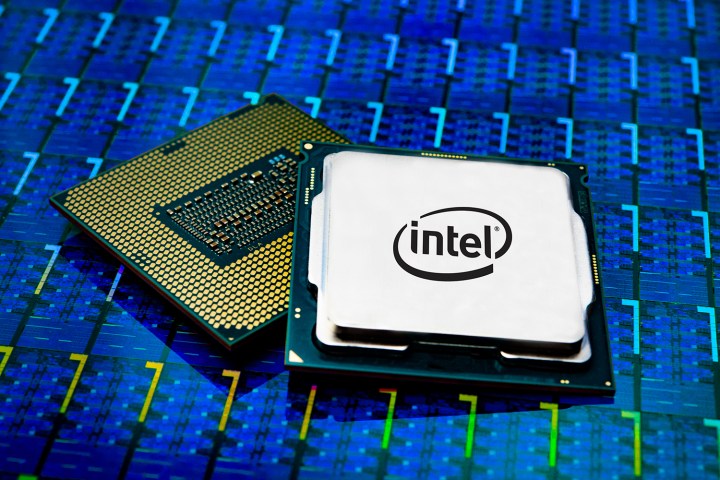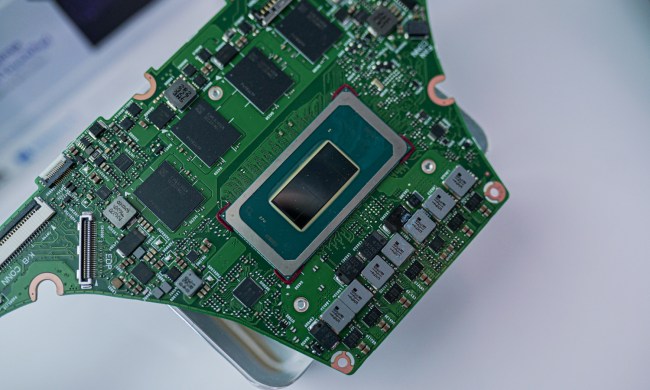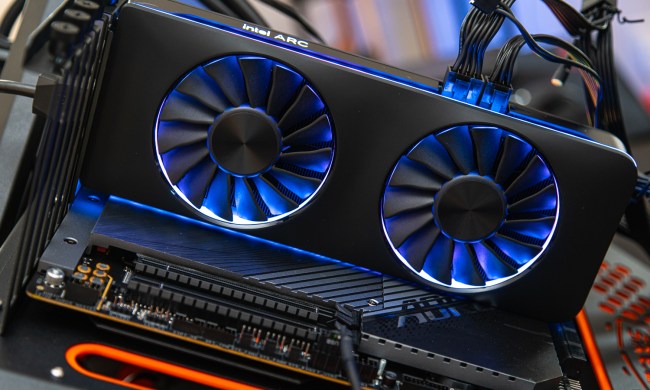
Competition in the graphics segment is about to heat up for Nvidia and AMD, as Intel’s Vice President of the Core and Visual Computing group and General Manager of the Visual Technologies Team Ari Rauch confirmed that the company is on schedule to launch its own discrete graphics solution in 2020. In an interview with Hot Hardware, Rauch claimed that Intel’s latest efforts with its new discrete GPU architecture will be completely different from an earlier Larrabee prototype, which Intel canceled in 2010.
“In our discussion with Ari, he specifically stated that the GPU coming in 2020 is a massive enhancement to Intel’s graphics IP, optimized for future graphics, compute, and machine learning workloads,” Hot Hardware reported. “When highly constrained by performance per watt, like Intel’s on-processor graphics are, architectural decisions are made that wouldn’t necessarily apply to discrete solutions.”
In his interview, Rauch claimed that Intel’s GPU solution will deliver unique features to drive new consumer experiences, though he did not give any examples or speculated on what those experiences may look like. “We’re listening to customers and want to deliver the best experiences we can based on what they tell us,” he said. “It’s not just about pricing and framerates — it’s about things like great technology, driver quality, and features. We want to look at every dimension that is important to a user when it comes to graphics.”
Rauch seemed confident that the company’s solution will be scalable, which would allow Intel to create GPU solutions to target different computing demographics. “Last November, we said we’ll bring discrete GPUs to both client and data center segments aiming at delivering the best quality and experiences across the board including gaming, content creation, and enterprise,” Rauch said. “These products will see first availability over a period of time, beginning in 2020. ”
Rauch also said that Intel will also target Linux gamers with its new GPU, though initially at launch, Intel may not be chasing the ultra-premium gaming segment. Intel’s first release may be targeted at the “sub-$300 sweet spot,” Hot Hardware speculated.
By shifting its focus on compute cores to graphics chips, Intel hopes that innovation in the GPU space will help it keep Moore’s law intact. “We believe we’re ready to scale the experience even further with discrete graphics, which will see first availability by 2020,” Rauch said.
Earlier this year, Intel turned 50 years old and the milestone was marked by what many analysts speculated would be the end of Moore’s law, a principle stating that every two years the number of transistors on a chip would double. Since it’s founding, Intel has largely stayed true to Moore’s law, but in recent years, delays with its 10nm design pushed back the cadence of Intel’s release cadence. The company even partnered with rival AMD to deliver a hybrid chip that combines Intel’s compute cores with Radeon graphics cores in the hopes of offsetting some of the demands of Moore’s law.



